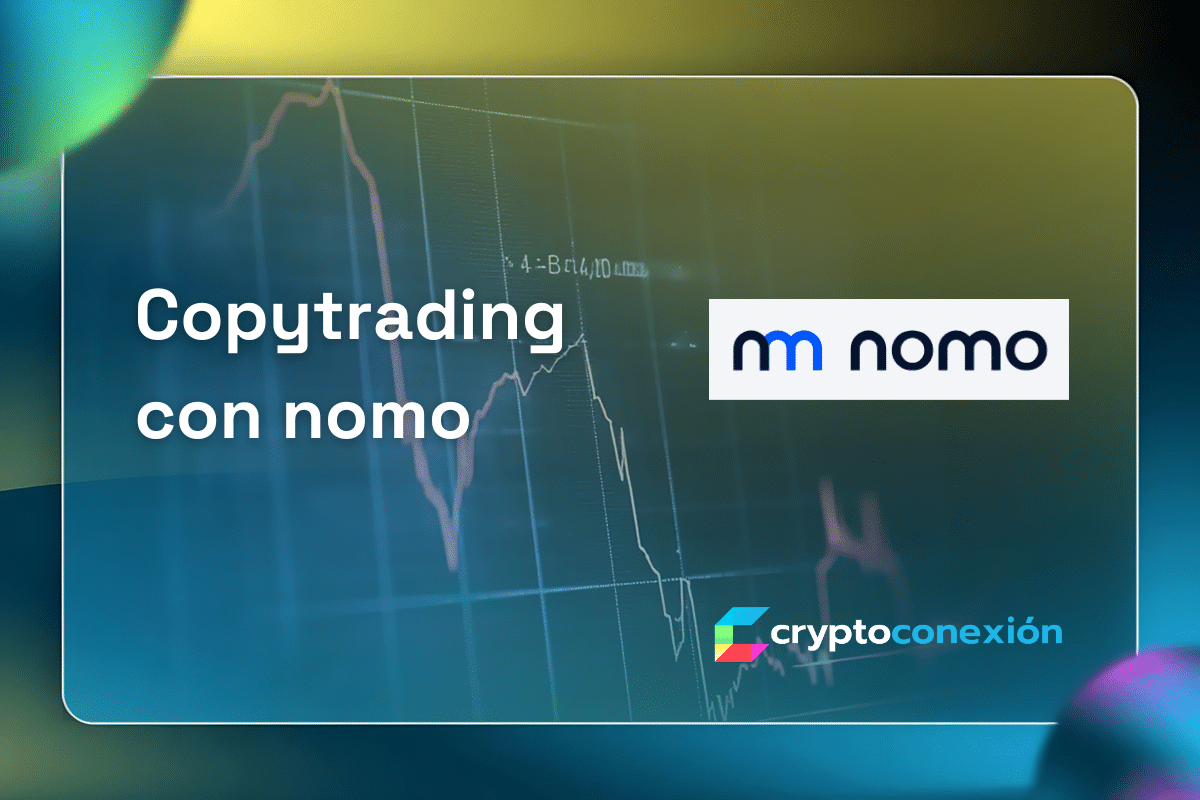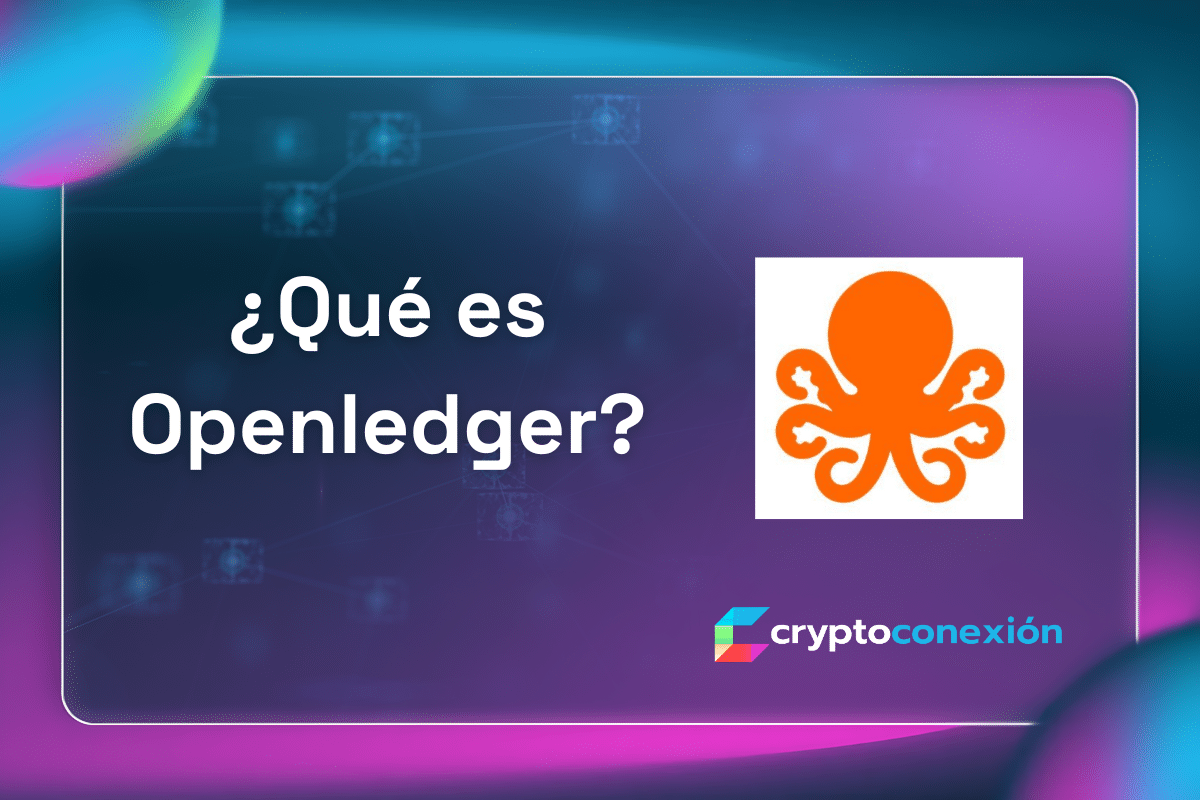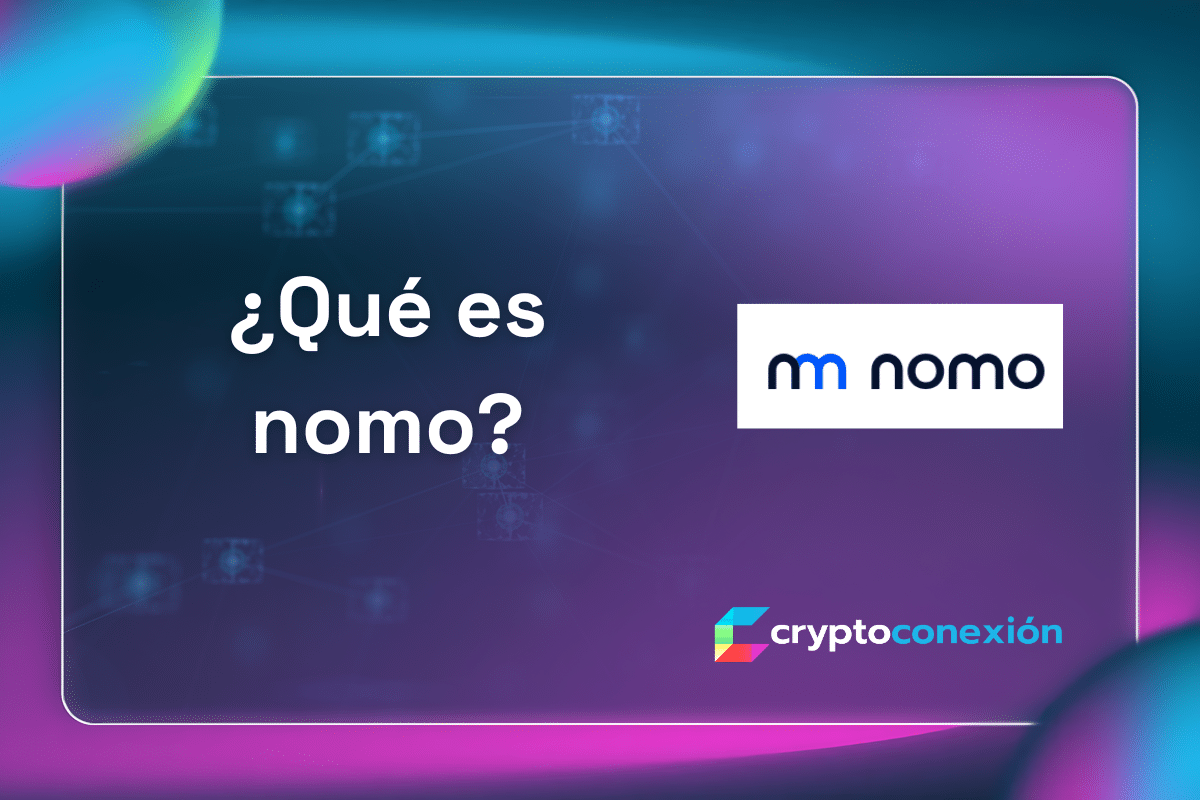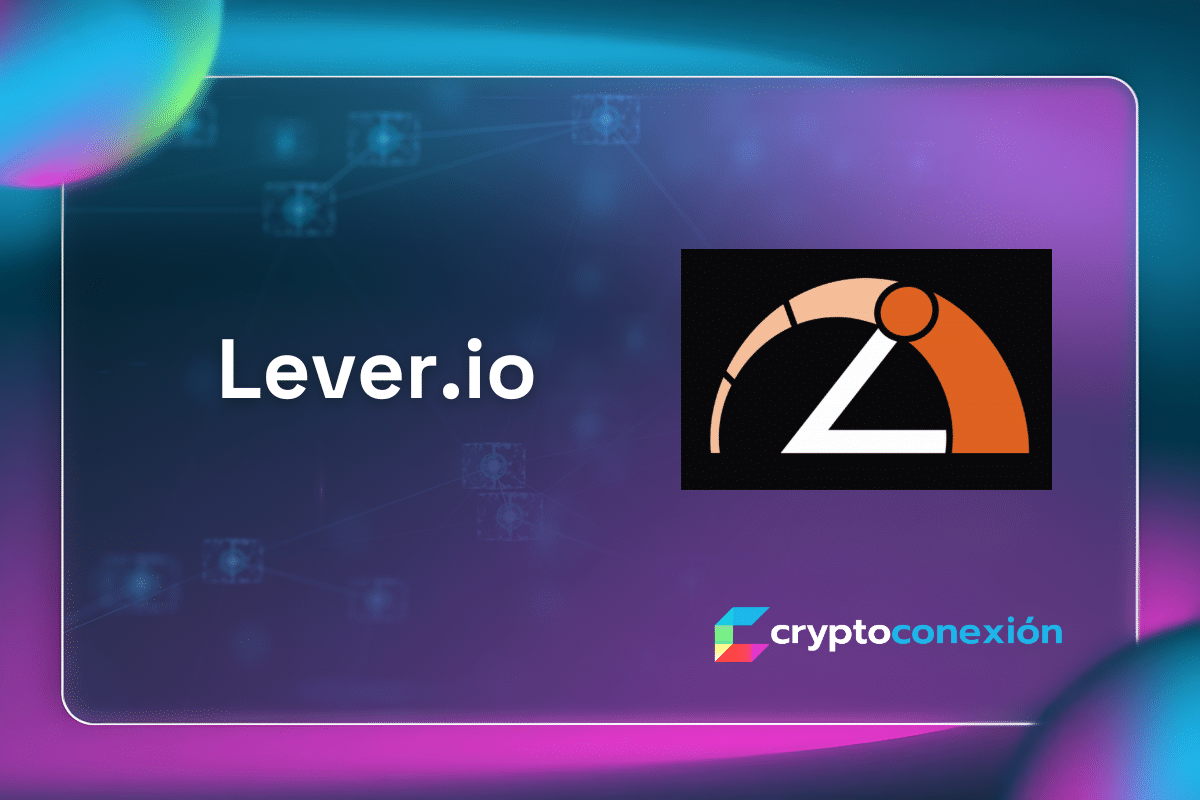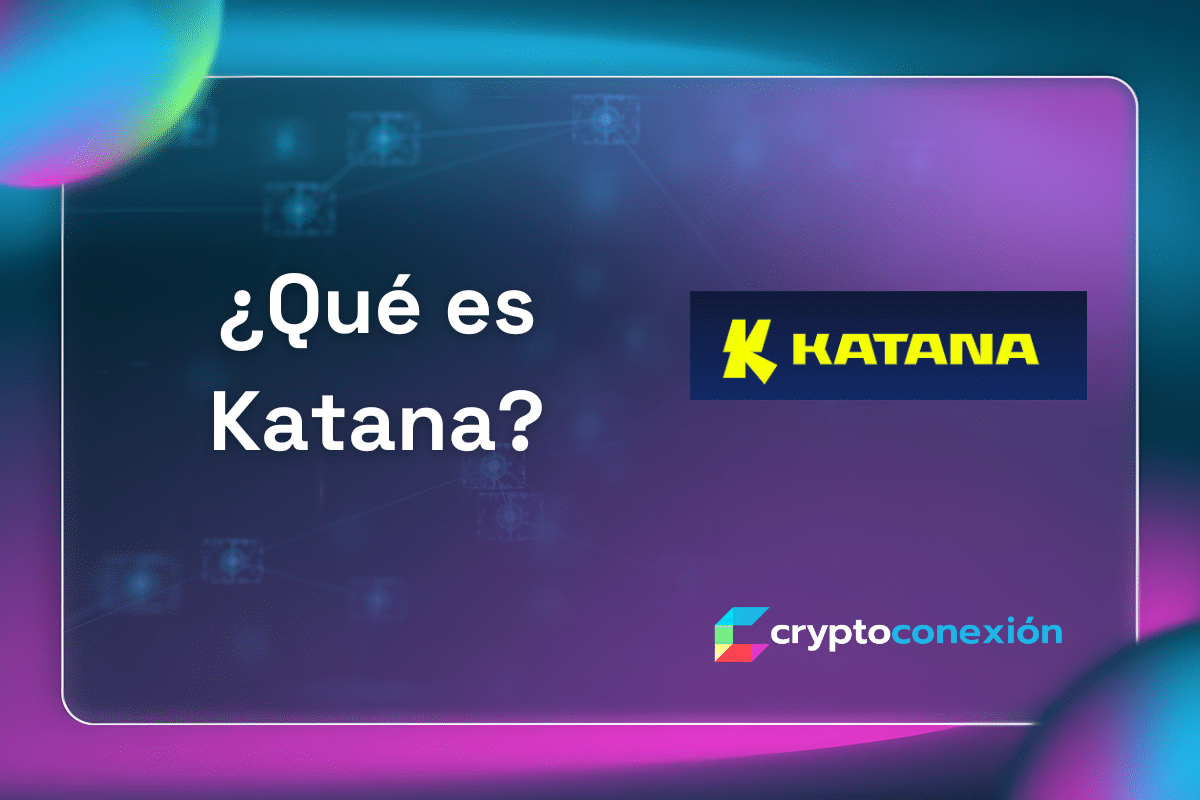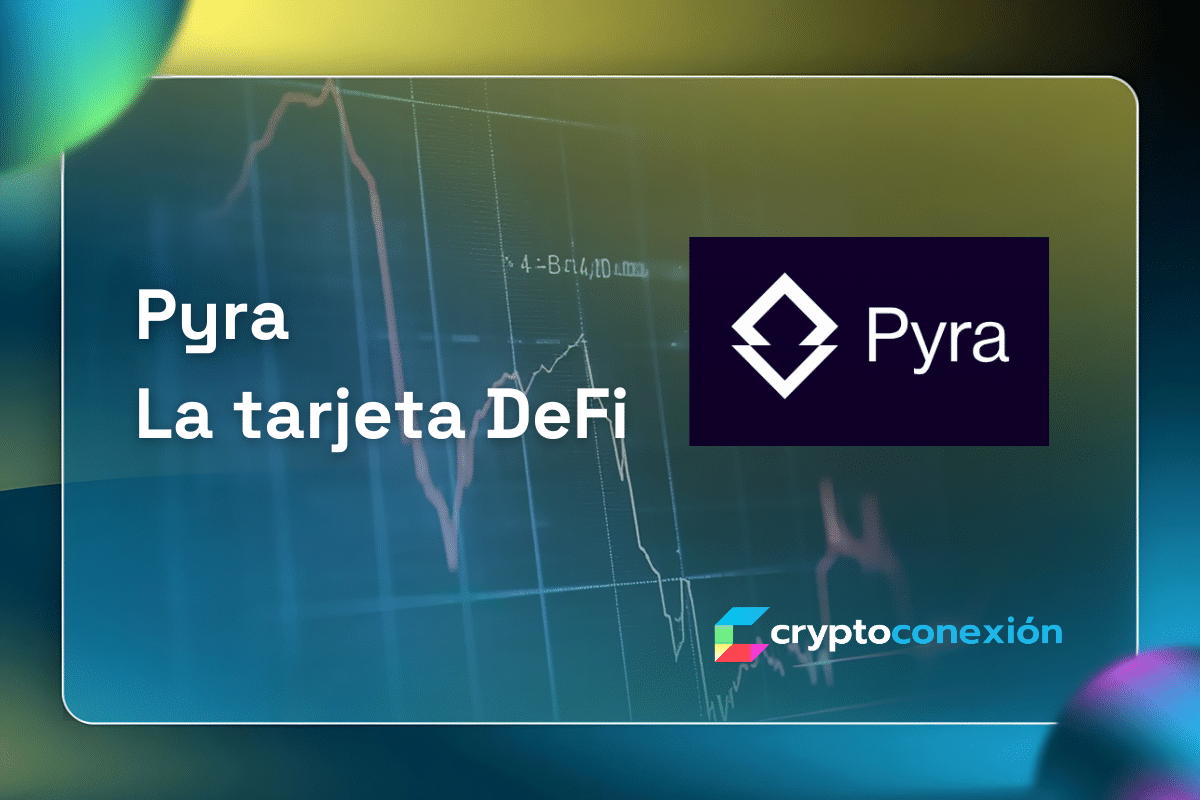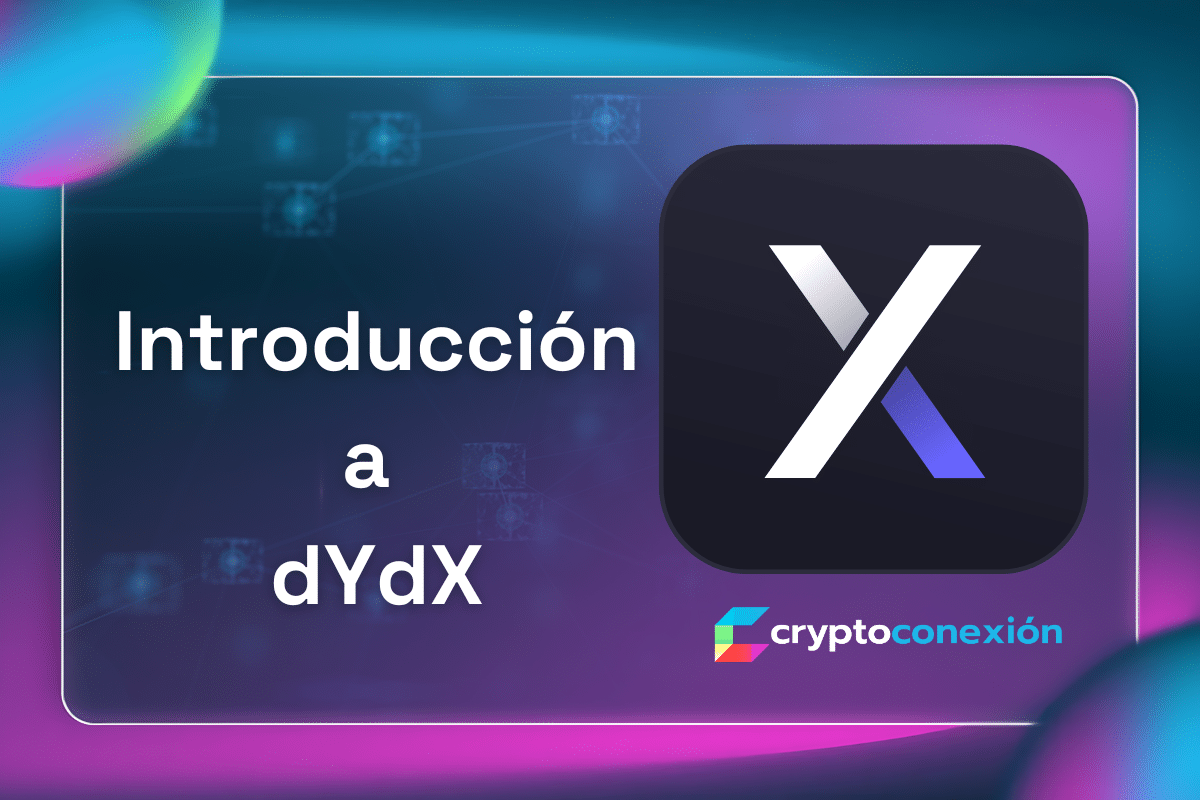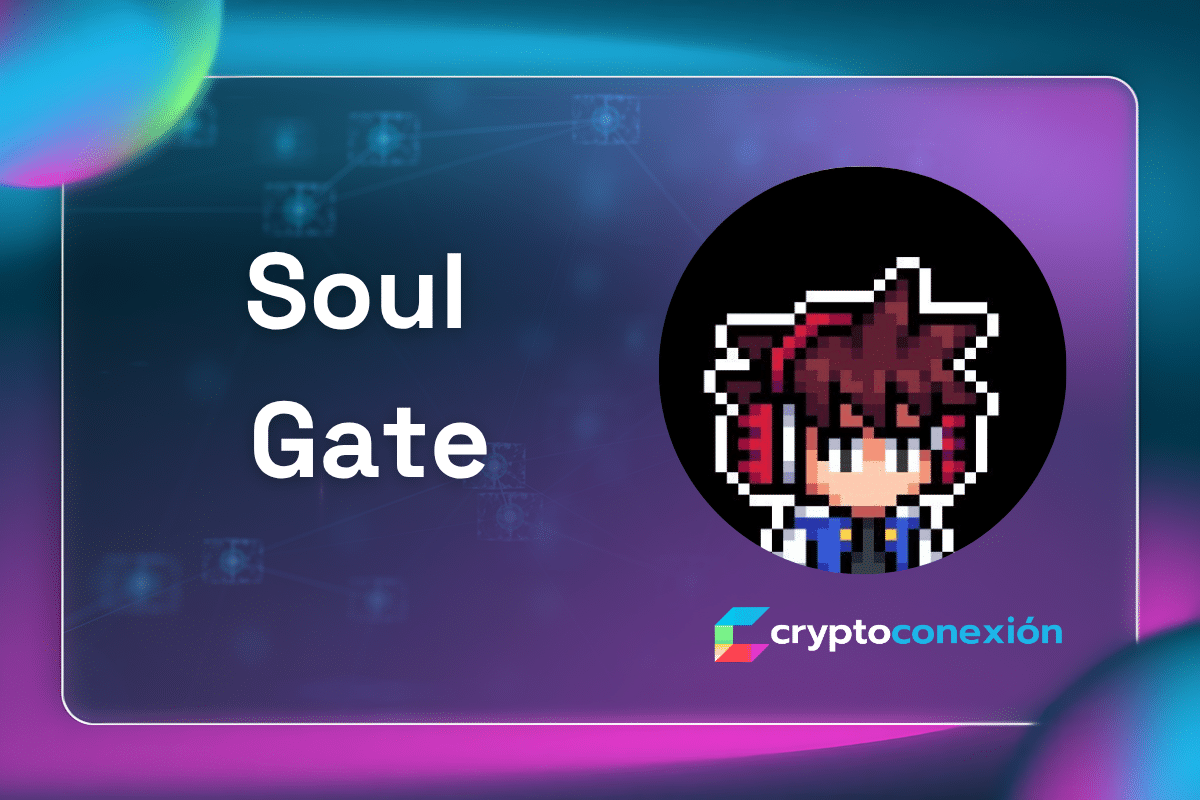This step-by-step guide walks you through creating fungible tokens using Metaplex, from setting up your environment to deploying tokens and leveraging the Aura framework for scalability. Whether you're a Web2 developer or an institution exploring blockchain solutions, Metaplex offers an intuitive, high-performance toolkit to power the onchain economy.
Introduction
The blockchain landscape is evolving rapidly, and with it, the tools that power digital economies. Metaplex stands at the forefront of this transformation, offering developers and businesses a robust protocol to create, manage, and scale digital assets on Solana—delivering web-scale performance with unmatched security. Whether you’re a Web2 developer exploring decentralized solutions or an institution seeking scalable blockchain applications, Metaplex provides the infrastructure to bring your ideas to life.
In this tutorial, we’ll walk through the process of creating a fungible token using Metaplex—a foundational skill for building onchain economies. We’ll also explore how Metaplex’s Aura framework enables scalability, bridging the gap between crypto-native innovation and mainstream adoption. By the end, you’ll see why Metaplex is the go-to solution for the future of digital asset creation.
Let’s dive in and build something inspiring.
Why Metaplex?
Metaplex is more than a toolkit—it’s a visionary protocol designed to empower developers and institutions alike. Here’s what sets it apart:
- Fungible and Non-Fungible Asset Creation: From tokens representing currency to unique NFTs, Metaplex handles it all with ease.
- Web-Scale Performance: Built on Solana, it offers low-cost, high-speed transactions—critical for enterprise-grade applications.
- Aura Scalability: A framework that allows decentralized applications (dApps) to scale efficiently, meeting the needs of businesses and institutions.
- Developer-Friendly: Intuitive tools and documentation make it accessible to both Web2 and Web3 developers.
This tutorial focuses on fungible tokens—a versatile asset class with applications ranging from loyalty points to stablecoins. Let’s get started.
Prerequisites
Before we begin, ensure you have the following:
- Node.js and npm: Installed on your machine (version 16+ recommended).
- Solana CLI: Set up and configured with a devnet wallet (see Solana Docs).
- Metaplex JS SDK: We’ll install this during the setup.
- Basic JavaScript Knowledge: Familiarity with async/await and modern JS syntax.
No prior blockchain experience? No problem—Metaplex abstracts much of the complexity, making it approachable for Web2 developers.
Step 1: Setting Up Your Environment
First, let’s prepare your development environment. Open your terminal and follow these steps:
- Create a New Project:
bash
mkdir metaplex-token-tutorial
cd metaplex-token-tutorial
npm init -y- Install Dependencies:
Install the Metaplex JS SDK and Solana web3.js library:
bash
npm install @metaplex-foundation/js @solana/web3.js - Configure Your Solana Wallet:
Ensure your Solana CLI is connected to the devnet:
bash
solana config set --url https://api.devnet.solana.com - Fund your wallet with devnet SOL:
bash
solana airdrop 2 With your environment ready, we’re set to write some code.
Step 2: Writing the Token Creation Script
Create a file named create-token.js and add the following code:
JavaScript
const { Connection, Keypair, clusterApiUrl } = require('@solana/web3.js');
const { Metaplex } = require('@metaplex-foundation/js');
(async () => {
// Establish connection to Solana devnet
const connection = new Connection(clusterApiUrl('devnet'), 'confirmed');
// Load your wallet (replace with your keypair or use a secure method)
const wallet = Keypair.generate(); // For demo; use solana-keygen for real projects
console.log('Wallet Public Key:', wallet.publicKey.toBase58());
// Initialize Metaplex
const metaplex = Metaplex.make(connection).use(walletKeypair(wallet));
// Define token metadata
const tokenMetadata = {
name: 'MyDemoToken',
symbol: 'MDT',
decimals: 6, // Precision for fungible tokens
initialSupply: 1000000, // 1 million tokens
};
// Create the token
const { token } = await metaplex.tokens().createToken({
decimals: tokenMetadata.decimals,
initialSupply: tokenMetadata.initialSupply,
name: tokenMetadata.name,
symbol: tokenMetadata.symbol,
});
console.log('Token Created! Mint Address:', token.mint.address.toBase58());
})().catch(console.error); What’s Happening Here?
- Connection: We connect to Solana’s devnet, a test network ideal for development.
- Wallet: A keypair is generated for this demo (in production, use a secure wallet).
- Metaplex SDK: Simplifies token creation with a high-level API.
- Token Creation: We define a fungible token with metadata and mint 1 million units.
Run the script:
Bash:
node create-token.js You’ll see the mint address of your new token—congratulations, you’ve just created a digital asset!
Step 3: Verifying Your Token
Head to the Solana Explorer (devnet) at https://explorer.solana.com/?cluster=devnet and paste your token’s mint address. You’ll see its details, including supply and decimals—a testament to Metaplex’s seamless integration with Solana.
Step 4: Scaling with Aura
Creating a token is just the beginning. For businesses and institutions, scalability is key. Enter Aura, Metaplex’s framework for scaling dApps. Aura enables:
- High-Throughput Transactions: Process thousands of token transfers per second.
- Customizable Logic: Add business rules (e.g., token vesting for employees).
- Institutional Adoption: Securely integrate with enterprise systems.
Imagine a loyalty program for a global retailer: millions of customers redeeming tokens daily. Aura ensures this scales effortlessly, leveraging Solana’s performance and Metaplex’s tools.
Why This Matters
For Web2 developers, Metaplex offers a familiar workflow—JavaScript, npm, and REST-like APIs—while unlocking blockchain’s potential. For institutions, it’s a secure, scalable foundation for digital transformation. Here’s the data:
- Solana processes 65,000 transactions per second (TPS) vs. Ethereum’s 15 TPS.
- Metaplex powers over 90% of Solana NFTs and fungible tokens, per onchain metrics.
- Aura reduces operational costs by 80% compared to traditional Web2 scaling solutions (estimated).
This is the future of the onchain economy—and you’re now part of it.
Call to Action
- Utilize Metaplex: Start building your own tokens or dApps today.
- Evangelize the Tech: Share this tutorial with your network—spread the word about Metaplex’s potential.
- Learn More: Dive into the Metaplex Docs for advanced features like NFT creation and Aura integration.
What will you create with Metaplex? The future is onchain, and it starts with you.


